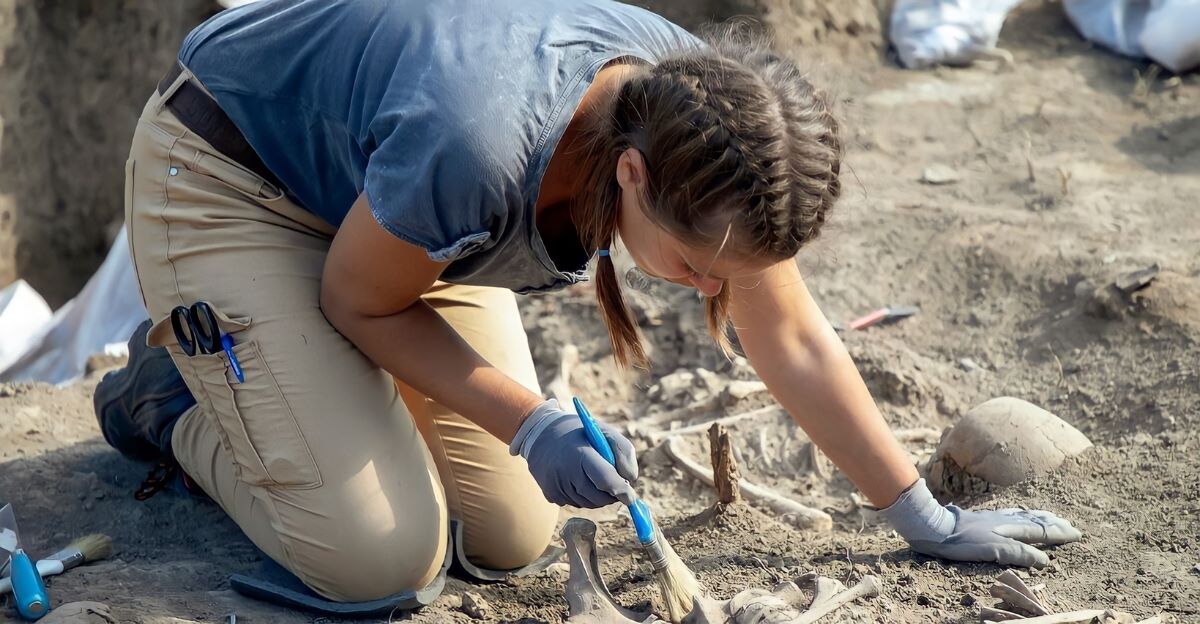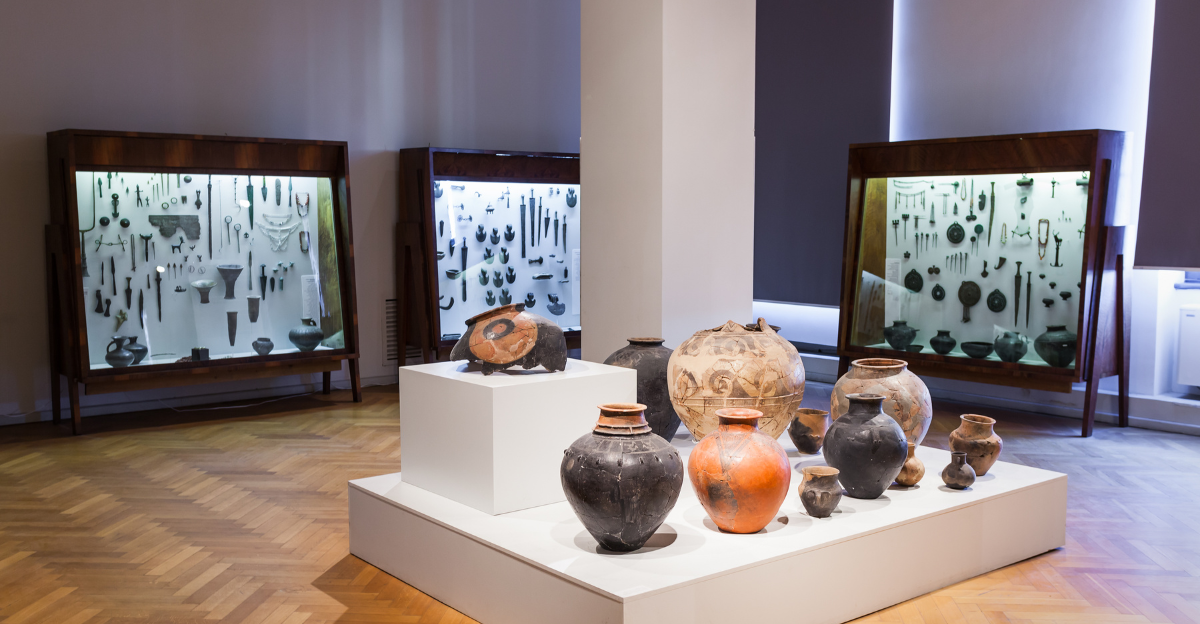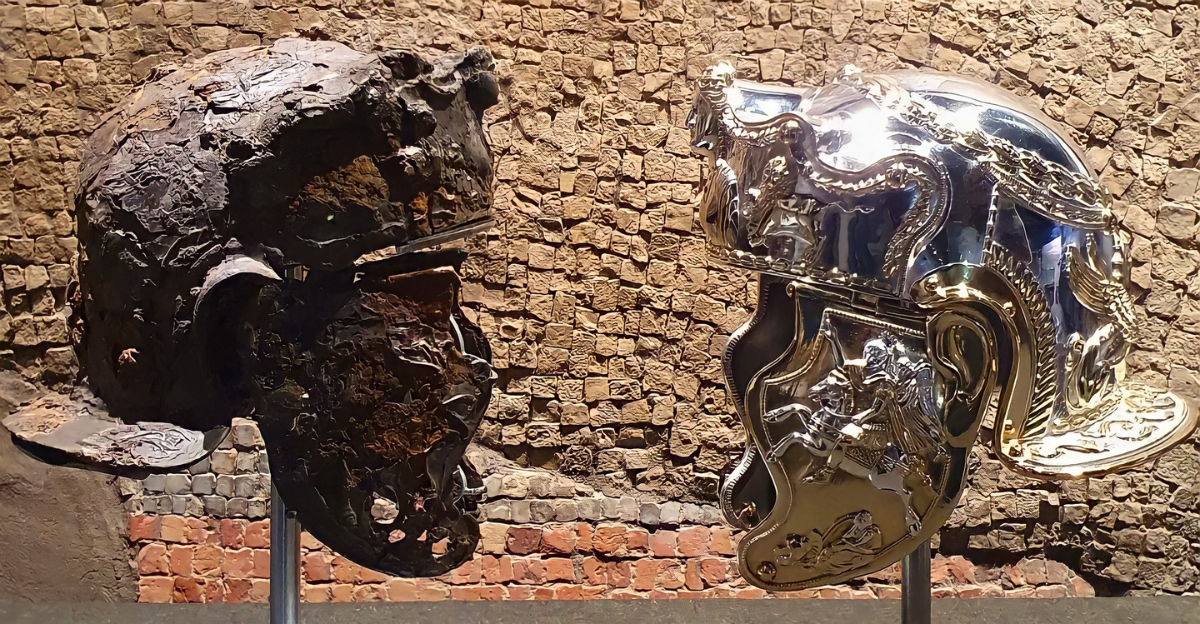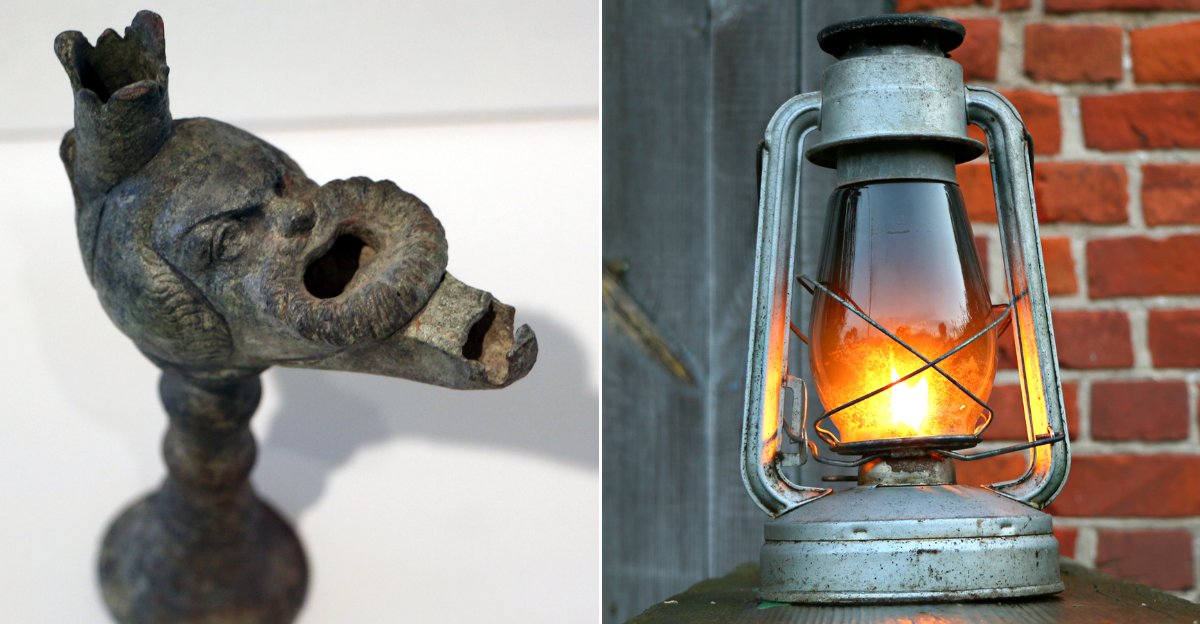
Remarkable discoveries are made every day in some of the most beautiful and mysterious places around the world, but who would have thought that a farmer’s field would be home to the next discovery? A Polish farmer’s field made headlines when they found a 600-year-old brass seal depicting a martyred saint. This medieval artifact, adorned with the image of St. Catherine of Alexandria, patron saint of the local church in Braniewo, offers a rare glimpse into the religious and cultural life of 14th-century Europe.
How the Discovery Was Made

The ancient discovery was made in a farmer’s field near the village of Józefów, close to Braniewo in Poland. Archaeologist Robert Wyrostkiewicz explained that the seal was lodged in a plow, suggesting it had been hidden in the soil for centuries until routine agricultural work brought it to light.
The find was reported by a private archaeological firm, Pogotowie Archeologiczne, whose team recognized the artifact’s significance and ensured its preservation. Now, the seal is displayed as a highlight in the Braniewo Land Museum.
The Seal That Was Found

The seal found in the Polish field features St. Catherine of Alexandria, which is depicted with her traditional symbols and encircled by a Gothic inscription. This small, intricately engraved metal stamp created wax impressions that authenticated documents and asserted authority in the Middle Ages. They were typically made from durable metals like brass, copper alloy, or occasionally silver and had some religious figure, heraldic device, or personal emblem engraved.
When pressed into colored beeswax, the seal left a distinctive impression that would be attached to important documents, ensuring their authenticity and protecting against forgery.
St. Catherine of Alexandria

The martyred saint, as seen on the medieval brass seal, is one of the most revered figures in the early Christian tradition. She was born in Alexandria around 287 AD and was said to be of noble birth and renowned for her intelligence and scholarship. According to legend, Catherine converted to Christianity as a teenager after a profound vision and soon became a passionate defender of the faith.
When the Roman emperor Maxentius began persecuting Christians, Catherine boldly confronted him, debating his pagan philosophers and converting many to Christianity through her wisdom.
The Mystery of Its Location

How the seal ended up in a random field in the middle of nowhere is quite a mystery. “The seal could have been abandoned, hidden, or lost. Without the archaeological context, it is impossible to determine,” said Archaeologist Robert Wyrostkiewicz. While medieval seals and similar objects are typically unearthed near major settlements, castles, or churches, this seal was uncovered far from any known administrative or religious center.
The seal was most likely lost or thrown away by someone traveling through the area at the time. Another theory is that the earth or materials moved for construction or farming could have transported the artifact from its original location.
Connection to the Battle of Grunwald

This battle, one of the largest in medieval Europe, saw the allied forces of Poland and Lithuania decisively defeat the Teutonic Order, shifting the balance of power in Eastern Europe and marking the decline of the Teutonic Knights. Seeing as this seal was found in close proximity to the battlegrounds, historians speculate that it could have been dropped during the battle’s aftermath.
“The mentioned seal was used by the Bishopric of Braniewo, which in 1410 exhibited its cavalry at the battle of Grunwald, which is immortalized in the famous painting by Matejka,” said Adrian Klos, co-founder of Pogotowie Archeologiczne. No direct evidence links the seal to the battle, but speculations are strong.
The rarity of Medieval Parish Seals

Seals like the one found in Poland are rare, making this discovery even more remarkable. Parish seals represented an entire church community and were used to authenticate official documents and property rights. Many people used these seals but weren’t seen as precious items, so they weren’t often preserved. They were also commonly made from softer metals as they weren’t made to last for centuries.
The survival of a well-preserved parish seal, especially one still bearing clear iconography and inscriptions, deserves a spot in a museum.
Where You Can See This Artifact

These seals are so rare that they need specialized care to ensure their longevity and accessibility for future generations. Museums and conservators prioritize creating stable environments with controlled humidity and temperature, as fluctuations can cause metal artifacts to deteriorate or coatings to fail. Artifacts like these are often stored in protective boxes or enclosures that shield them from dust, mechanical pressure, and accidental damage.
The well-preserved seal from Braniewo is now a centerpiece in the Braniewo Land Museum and is “one of the most important artifacts in our museum.”
Artistic and Iconographic Value

This seal has a detailed image of St. Catherine of Alexandria, crowned and holding her characteristic symbols, the sword and the wheel, immediately identifying her to anyone familiar with Christian iconography. The surrounding Gothic inscription and the careful engraving reflect the high standards of medieval sigillographic art, where even small objects like seals were designed to be beautiful and meaningful.
It’s remarkable to see the incredible skill that artisans had at the time to showcase these fine, detailed images on a metallic seal.
A Glimpse into the Past

It’s always a pleasure to glimpse into the history and the way people lived at the time. The imagery and craftsmanship show the era’s artistic standards, and so do the significance of saints like St. Catherine of Alexandria to local communities and institutions.
As Adrian Klos of Pogotowie Archeologiczne noted, the Bishopric of Braniewo once used the seal, and it even fielded its cavalry at the historic Battle of Grunwald. Seals like these show how intertwined communities were and how much they relied on them to prove accurate documents.






